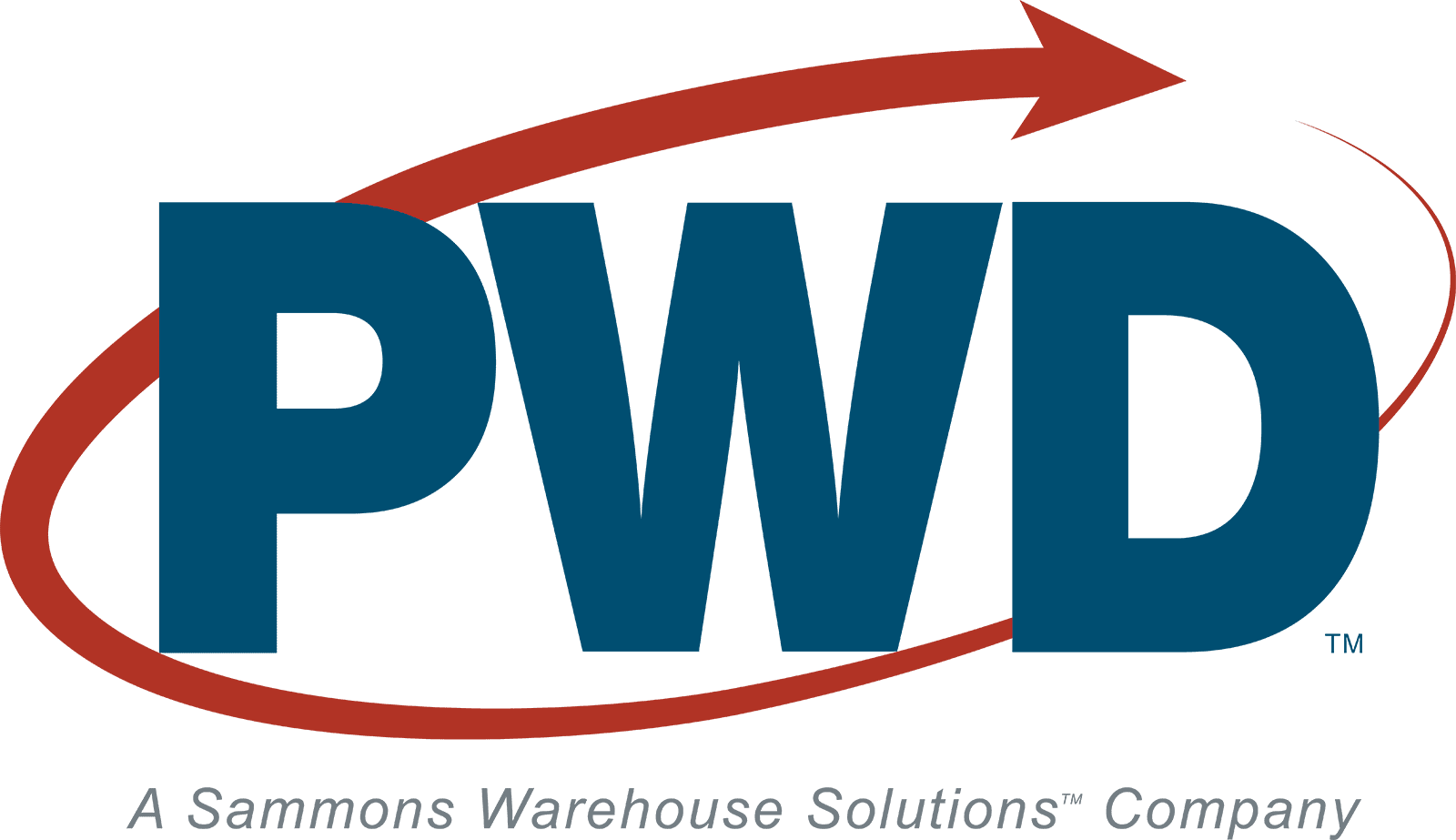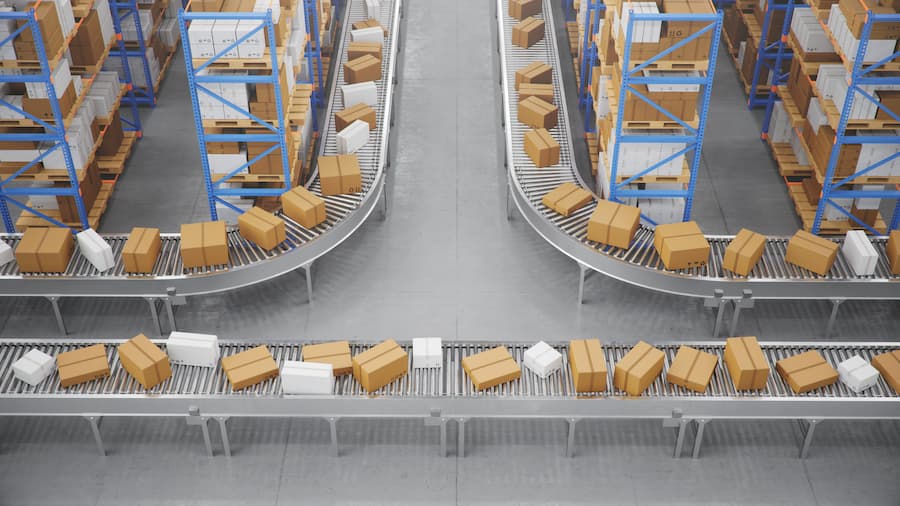The advantages of a conveyor belt system can result in significant cost-savings for your facility. Warehouse conveyors increase efficiency while reducing loss from accidents and human error.
About Warehouse Conveyor Systems
More and more companies are discovering the benefits of implementing conveyor systems in their warehousing facilities. Here are some of the basics on how these systems serve warehouses in particular.
What Is a Conveyor System?
Conveyors are mechanical handling systems that use rollers, belts, or other systems to move items around a facility. They consist of a drive system that turns pulleys to move belts, rollers, chains, etc.
Types of Conveyor Systems Used in Warehousing
Conveyor systems come in a variety of styles that utilize different handling systems. Some of the types of conveyor systems we offer at Precision Warehouse Design include:
- Belt conveyors
- Roller conveyors
- Chain driven conveyors
- Overhead/hanging conveyors
- Spiral conveyors
- Bucket conveyors
Various types of sorters and accumulation systems can also be added to increase functionality.
Choosing the Right Type of Conveyor System for Your Warehouse
To yield the most benefits to your warehouse operations, you’ll need to select the right conveyor system. Some considerations here include:
- Safety requirements
- Volume of product you need moved every day
- Sortation requirements
- Automation needs
These factors will inform you on the size, features, and layouts that will maximize efficiency in your facility.
Advantages and Benefits of Conveyor Systems
There are several advantages to implementing a conveyor system in your warehouse facility. Some of the most important benefits include the following.
Faster Product Movement and Sortation
Warehouse conveyors can move product much more quickly and reliably than manual transportation methods. That means more capacity for packaging and fulfillment processes and higher loads than might normally be possible with purely manual handling. Sortation can also be automated with specialized conveyor belts, helping to reduce the impact of human error on your fulfillment processes.
Easier on Your Personnel
By moving away from manual handling, the movement of product around your facility is far easier on your personnel. This could actually save your workers from the musculoskeletal injuries that result from constantly lifting, turning, and carrying heavy items. Given that over 38,000 musculoskeletal injuries occurred in the warehousing and transportation sector in 2018 alone, that impact can be significant. Overall, conveyors are better for your workers and, as a result, easier on your insurance costs.
Safer Working Environment
Workplace safety should always be a priority for warehouse facilities, and a conveyor system can help support that. While many people might cite the risk for injury presented by the mechanical components of automatic conveyors, those risks pale in comparison to the other hazards present in most warehouses.
For instance, forklift-related injuries are far more common than conveyor system injuries, with incidents nearing 100,000 per year. Other common injuries include those resulting from slips/falls and repetitive movements. Given that automating processes with a conveyor system can reduce your facility’s reliance on forklifts and heavy lifting, they can support a safer workplace overall.
Streamlined Operating Costs
Finally, conveyor systems can help you streamline operating costs by cutting overhead, reducing the incidence of workplace accidents, and making more efficient use of labor hours. A reduced incidence of human error and accidental losses can minimize costs from lost or misallocated product while preventing returns from customers as well. The end result is a more efficient and more profitable warehouse facility.
Designing an Effective Warehouse Conveyor System
While there are many advantages to conveyor belts in a warehouse, there are some limitations as well. The primary disadvantage of a conveyor system is it tends to be fairly inflexible once it’s installed. Often, warehouse facilities need some major infrastructural changes in order to accommodate conveyors, so it’s important to consult with experts when considering a new system.
Using our FasTrak design services, our professionals at PWD can help you design the perfect conveyor system that can overcome the hurdles most facilities experience. Our services include layout design, equipment specification, and budgeting, making it both comprehensive and efficient. To learn more, get in touch with Precision Warehouse Design.
Warehouse Conveyor FAQs
Why are conveyors important in warehouse operations?
Conveyors help reduce overhead costs and losses from ccidents/human error, all while supporting more efficient product handling and sortation throughout a facility.
What are the disadvantages of a conveyor belt?
Conveyor belt systems can be highly complex, and it’s sometimes challenging to design a system that adds maximum efficiency to your process. Therefore, expert design is crucial if you’re considering a conveyor system for your warehouse.
What industries use conveyors?
Any industry that makes use of warehouse space can benefit from conveyors. That includes retail, fulfillment services, online vendors, manufacturing, and so forth.


